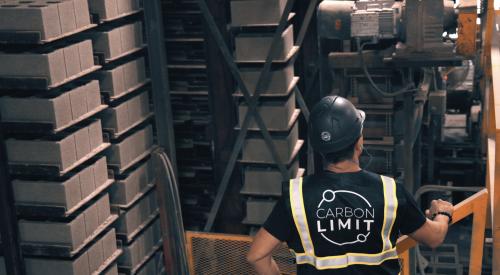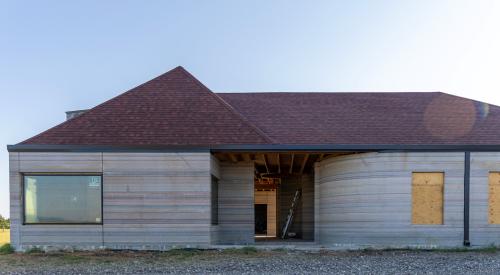National Ready Mixed Concrete Association (NRMCA) members have lowered their carbon footprint by 13% in five years, according to an association news release. “The 13% reduction in carbon footprint is for 4,000 psi (pounds per square inch) concrete, the most frequently used concrete in the United States,” said James Bogdan, senior director, sustainability initiatives for NRMCA. “Carbon footprint reduction ranged from 8% for 2,500 psi concrete and 20% for 8,000 psi concrete.”
The reductions are mainly due to more efficient use of Portland cement, the primary binder used to make concrete. NRMCA’s performance-based specifications have helped eliminate prescriptive limits on concrete formulation such as minimum cement content and low water-to-cement ratio.
These limitations unnecessarily drive up cement content, the main contributor to carbon emissions, the release says. Some NRMCA members have lowered their carbon even more through innovation. For some applications and projects, concrete producers are incorporating technologies such as supplementary cementitious materials, low-carbon cements, and carbon capture to lower carbon footprint by 50% or more.













